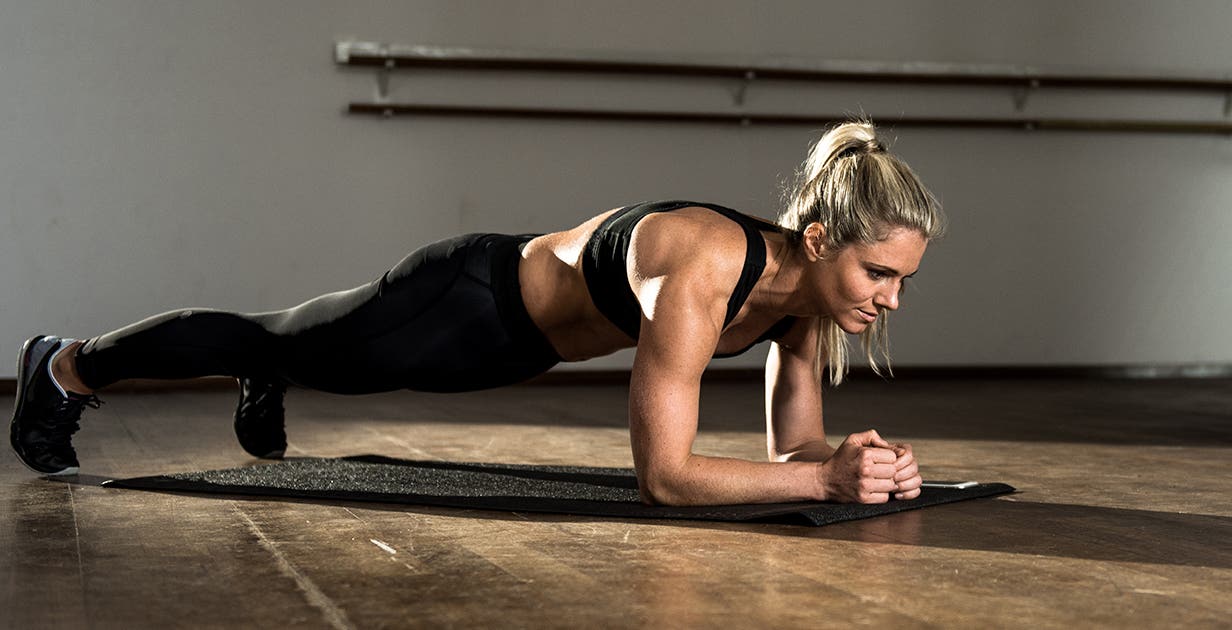Hypertrophy is one part of the muscle-enhancing process that happens within the body. This process not only increases the size of the muscle but also its strength and ability to withstand greater loads as well as protects it against soreness and damage caused by previous training. In this article, you’ll find out what happens within your muscle when it grows, which movements trigger the hypertrophy process and why it’s about way more than aesthetics.
The definition of hypertrophy
Hypertrophy is defined as a process that happens within the body as a result of resistance training which leads to the growth or enhancement of the muscle or rather the cross section of the muscle. Hypertrophy makes your muscle grow in size as well as stimulates the cell division in your muscle, a process called hyperplasia - something we’ll cover later on.
What happens? The process of hypertrophy and hyperplasia
We already told you that hypertrophy enhances the muscles cross section and increases the strength of the muscle itself, but the process also involves the body learning how to use more of its muscle fibres. Hypertrophy is therefore necessary not just for max. strength training but also to enhance performance in all kinds of sports.
In the first 14 days to 3 weeks of hypertrophy training (we’ll come to the actual training later) the body learns to use more of the muscle fibres and to coordinate the fibres that are already there. Although no hypertrophy yet, upto 40% of progress at this stage comes down to the improved coordination that happens in the “adaptation phase” - think of it as: no growth, more fibres. Once the muscles have learned to use more fibres, they begin to grow. This growth stage is hypertrophy.
Hyperplasia is a similar process that happens when the muscle fiber becomes too big. Here, the cells of the muscle fibre split and become smaller to provide a more energy efficient way for the body to provide the cell with the oxygen it needs. After 6 - 8 weeks, growth effects begin to stagnate unless your strength training method is changed and adapted. That’s why personalization, tailored to each individual is so important to ensure constant progress.

Which training triggers hypertrophy?
Hypertrophy is triggered when the muscles are pushed to their limits, which can sometimes also be accompanied by muscle soreness. Training that causes hypertrophy has to involve the application of the concepts of mechanical and metabolic tension. Mechanical tension refers to resistance with weights or bodyweight training and the time your muscle is put under tension and metabolic tension describes the “burning sensation” of a muscle - so the point where your muscles start to burn when doing an exercise, for instance. The combination of these in training will result in hypertrophy (and probably some achy muscles the next day!).
In training science, it’s stated that especially plyometric movements such as running downhill or jumping onto something is greatly related to muscle growth. Why? For plyometric exercises, your body needs to use eccentric muscle contraction in order to absorb the force your body experiences. Eccentric muscle contraction is known for creating the most severe muscle soreness, and remember: muscle soreness = hypertrophy.
It’s also the result of max. strength training, where your body first learns how to use the muscle fibres by lifting your maximum amount of weight (under supervision of course) for 1-3 reps. Then, once these fibres have been activated, increase the number of reps to between 8-10. Why 8-10 you ask? That’s the hypertrophy trigger rule. Whether it’s bodyweight training or lifting weights, it’s known that 8 to 10 repetitions is the best amount to trigger muscle growth. You may also wonder - from a performance perspective - why your body desperately needs to grow muscle? It’s physics: a certain amount of muscle mass can only move a certain amount of weight. It’s pretty straightforward that in order to move more, you need more muscle mass.
Big muscles deliver strength and when used properly, strength delivers daily life value - not just aesthetics.